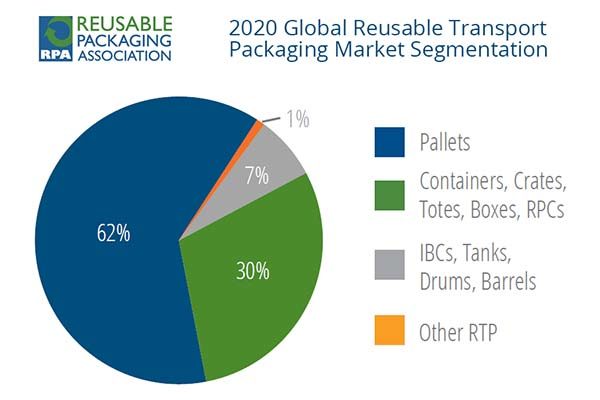How green is your packaging?
New white paper offers guidance for retailers looking to shift to reusable transport packaging.

One way to green up the retail supply chain is to swap out disposable transport packaging for reusable packaging units, like multi-use pallets, bins, totes, and containers. But many companies struggle with the transition to more sustainable systems, according to the Reusable Packaging Association (RPA).
To help make the process a little easier, the RPA has published a 90-page white paper to help business leaders understand what’s involved and what makes for a successful reusables implementation. Titled Retail and the “How” of Reusable Transport Packaging the report explains why using reusable systems is so important, looks at the types of reusable packaging used in retail and e-commerce, and provides examples of successful implementations.
The paper was written by those who know best—RPA member companies who collaborated as part of the association’s “Retail and E-commerce Workstream” program, which promotes industry dialogue on reusable packaging opportunities in retail supply chains.
“Retailers and their supply chains may differ, but there are numerous examples where reusable assets are successfully implemented with local and global retailers and e-commerce leaders,” Todd Hoff, RPA’s executive vice president of member programs, said in a release. “It is important to share these best practices across the retail industry so other retailers can further accelerate the use of reusable assets.”
Related Articles
Copyright ©2024. All Rights ReservedDesign, CMS, Hosting & Web Development :: ePublishing